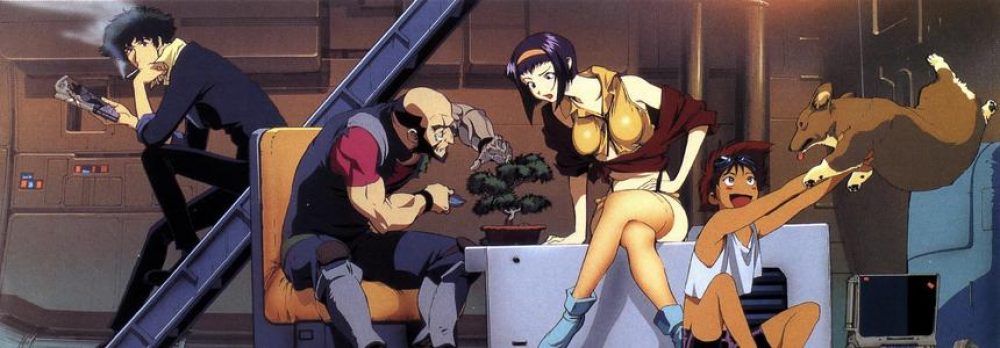Joseph Campbell is an American writer who studies comparative mythology. In his book “Heroes with a Thousand Faces”, he proposed the prototype of the “monomyth” narrative model. That is, the core formula that the heroic adventure must follow: separation ⇀ initiation ⇀ return. It is divided into seventeen stages.

For decades, Joseph Campbell’s analysis of mythological stories has attracted writers on literary, television, and film platforms, providing a well-known guide for the characters’ journey to begin-and the many stages of challenges and conflicts they are responsible for overcoming.
Chris Vogler later simplified those seventeen stages into twelve with his book, The Writer’s Journey: Mythic Structure for Writers.

His version compressed Campbell’s seventeen stages to better adapt to the narrative process of novels and scripts.
Dan Harmon came up with an algorithm of sorts that compacts a story’s narrative into an eight-stage circle theory — similar to what Campbell and Vogler developed in their own writings, but a bit more accessible and broad.
1-A character is in a zone of comfort,
2-But they want something.
3-They enter an unfamiliar situation,
4-Adapt to it,
5-Get what they wanted,
6-Pay a heavy price for it,
7-Then return to their familiar situation,
8-Having changed.
Harmon then goes into detail about what each stage means, and also classifies the words for each stage into a single word to simplify more for the author.
That’s what I wrote while reading an article called How Screenwriters Can Use Dan Harmon’s “Circle Theory of Story.”
For Dan Harmon’s theory, I’d like to dissect his Rick and Morty, which is one of my favorite animations.
When I saw his theory, I immediately thought of Rick&Morty’s season 1 episode 6.
The story of this episode is very clear. Morty wanted to win Jessica’s love, so he asked Rick for help; Rick made a potion that would make anyone like Morty (except his immediate blood relatives), but the flu caused the potion to spread. In order to solve the crazy suitor, Rick twice created the antidote, only to turn all mankind into a monster “Cronenberg”. Rick chose to find another parallel world, where Rick and Morty were already dead, and the two replaced Rick and Morty in this world and continued to live.
Although the story is simple, the structure is fully in line with Dan’s theory.
First of all, the first point, The character is in a zone of comfort. It was a flu party in school, Morty tried to invite Jessica as always, but failed as always.

After that, they Want Something, Morty found Rick and proposed that he wanted a potion that would make others fall in love with him.

3, They Enter an Unfamiliar Situation. Morty came to the party with the potion rick made for him and successfully made Jessica fall in love with him, but an accident happened. Jessica’s flu caused the virus to spread rapidly among the crowd, making the party uncontrollable.

4, Adapt to It. At that moment, rick ran to the school to rescue Morty and explained what happened.

5, Get What They Wanted. What They Wanted here is actually that Morty got Jessica’s love, but the price paid is the madness and mutation of people all over the world.

6, Pay a Heavy Price for It. Rick studied various potions, but in the end, they didn’t work, and people all over the world became the monster “Cronenberg”. In the end, Rick and Morty can only give up this world and go to a parallel world.

7, Then Return to the Familiar Situation. Rick and Morty traveled to a parallel world, where they died unexpectedly, there were no monsters, and the family was just like the world they faced. The protagonist returns to a familiar state here.

8, Having Changed. But something changed forever. Morty gave up his original family and buried the bodies of himself and his grandpa in the yard.

In Rick&Morty, the role is also a very important part. Why do the audience like this work so much, and why do they like Rick so much?
Psychologically speaking, if the protagonist of a story gains strong love or hatred from the viewer, the character likely represents the viewer’s own psychological projection.
Rick is set to be the person with the highest IQ in the universe. His IQ is so high that he can create any technological invention at will in a short time. He is never short of money, anti-system, anti-moral, and kills anyone. Almost the strongest person in the universe, of course, from the perspective of drama, if a character has only advantages and no shortcomings, it will not look good. So Rick’s stubbornness, lack of compassion and empathy, and childishness all add points to this character. Let the audience feel the authenticity of this character even more in such an unbelievable work.
